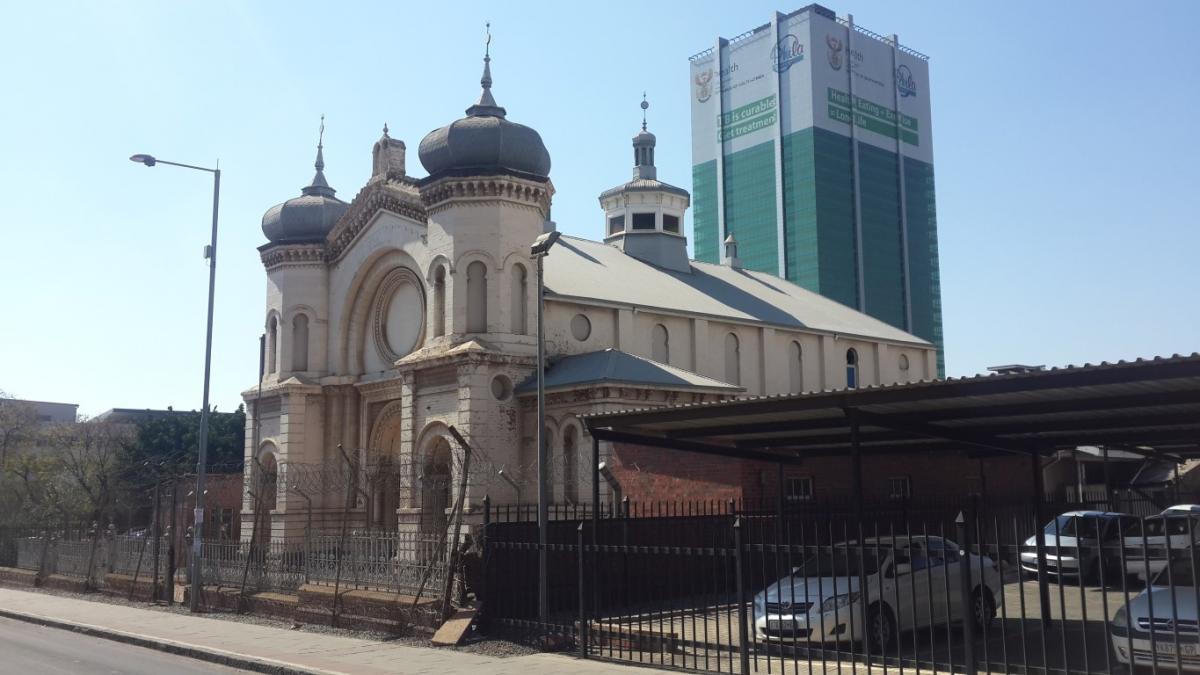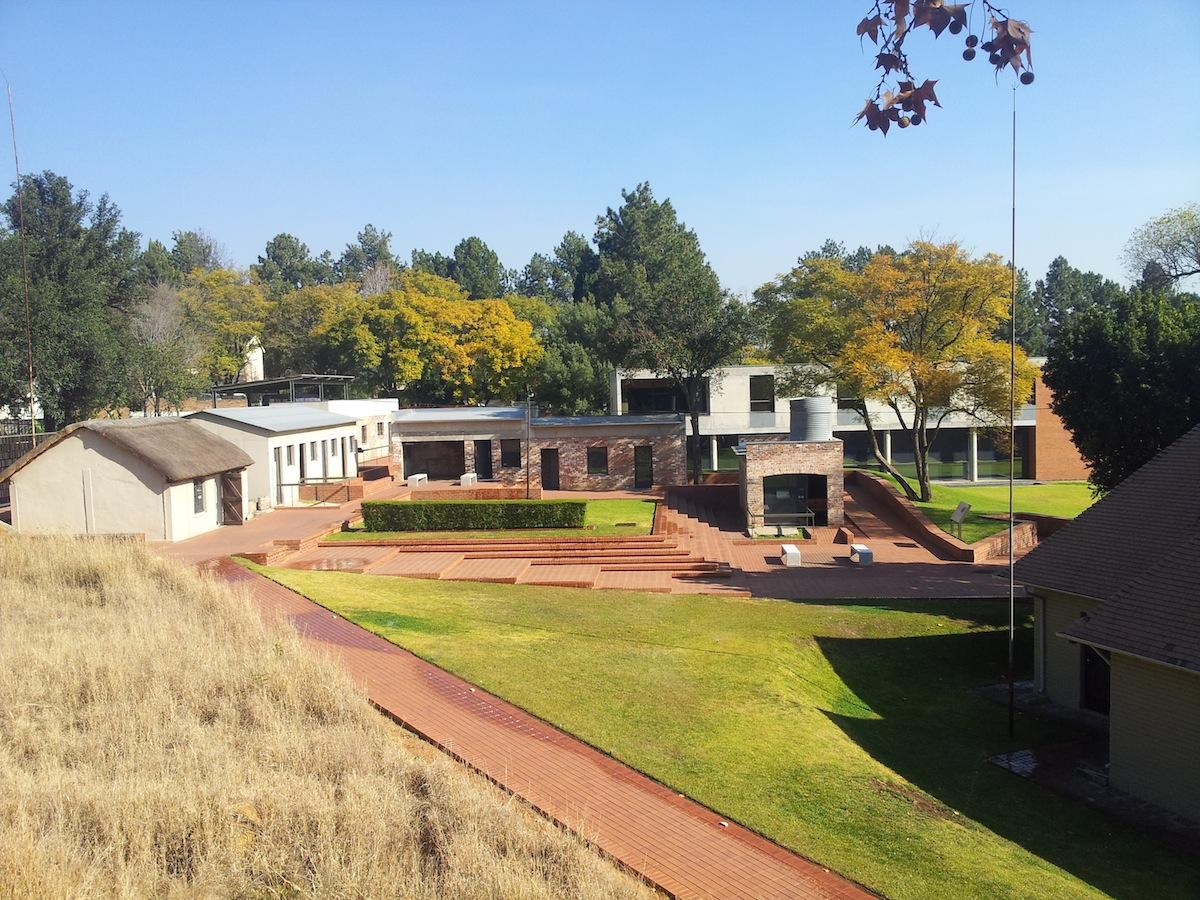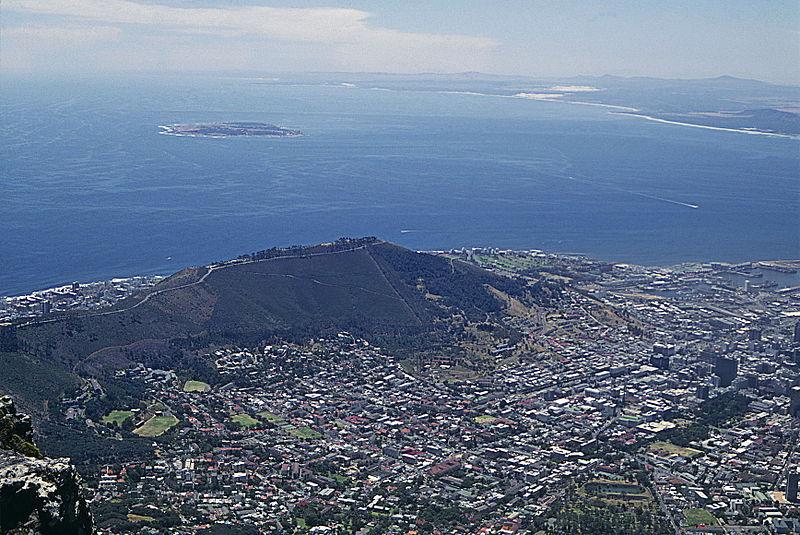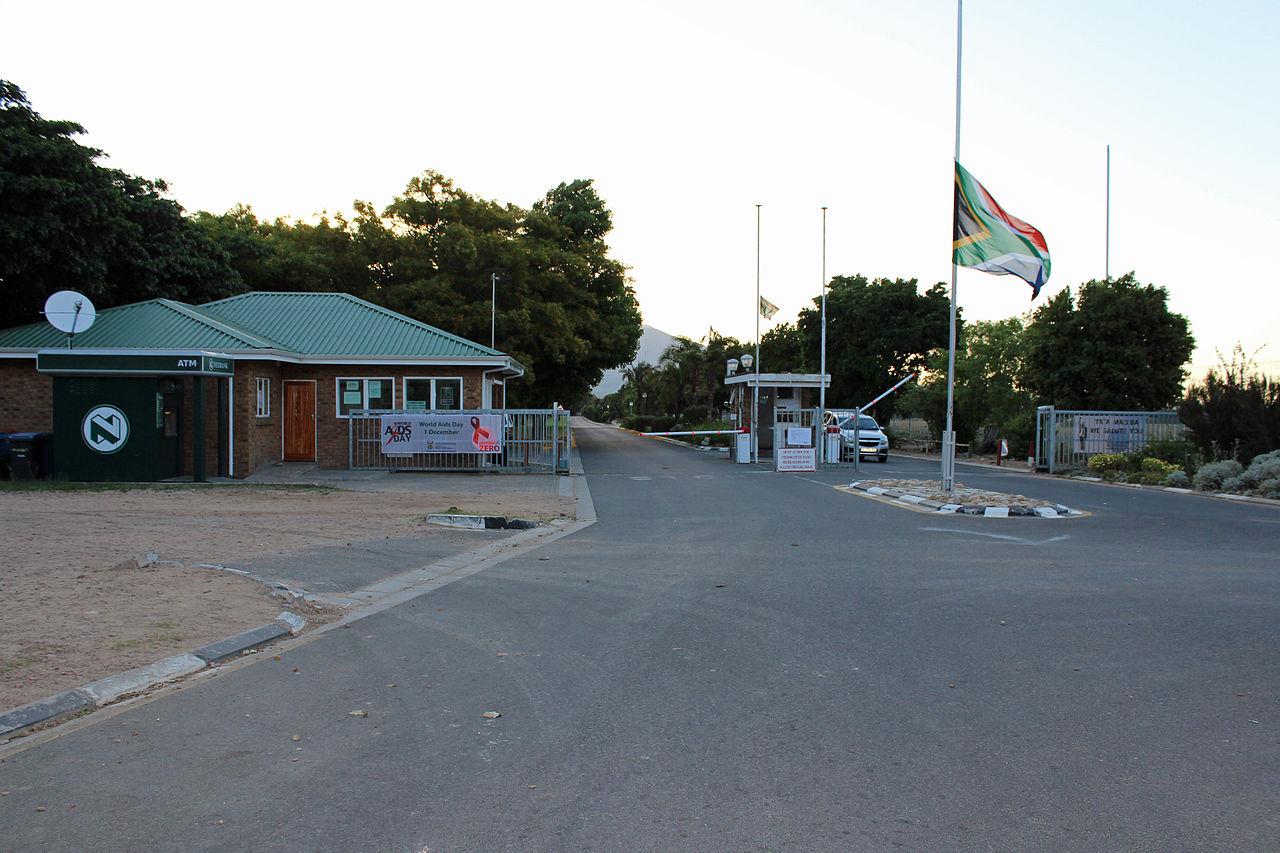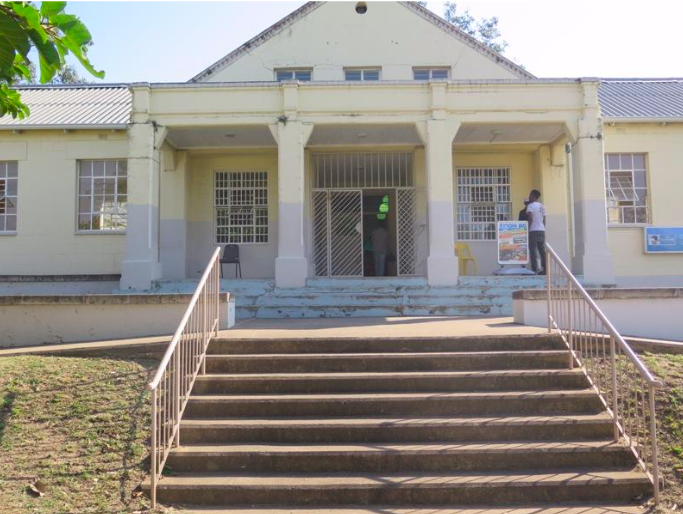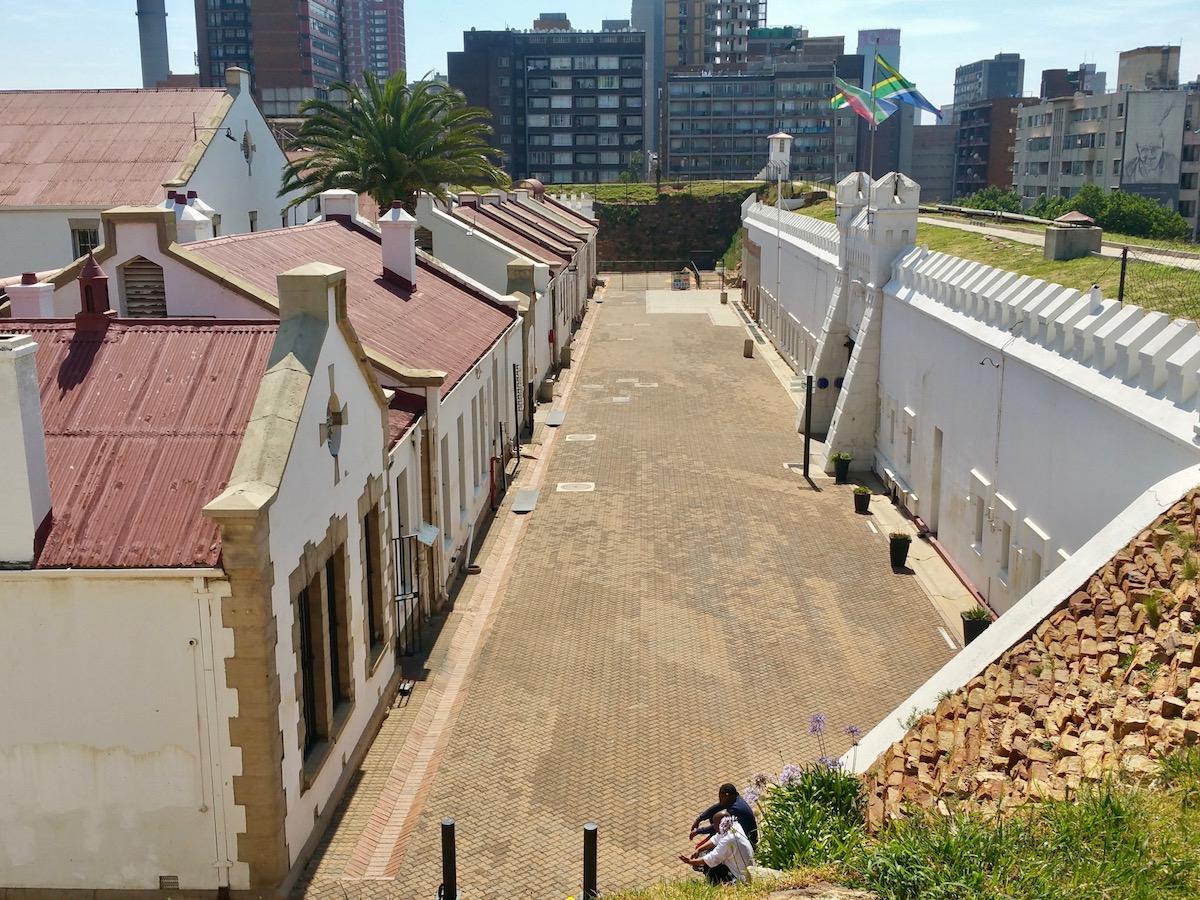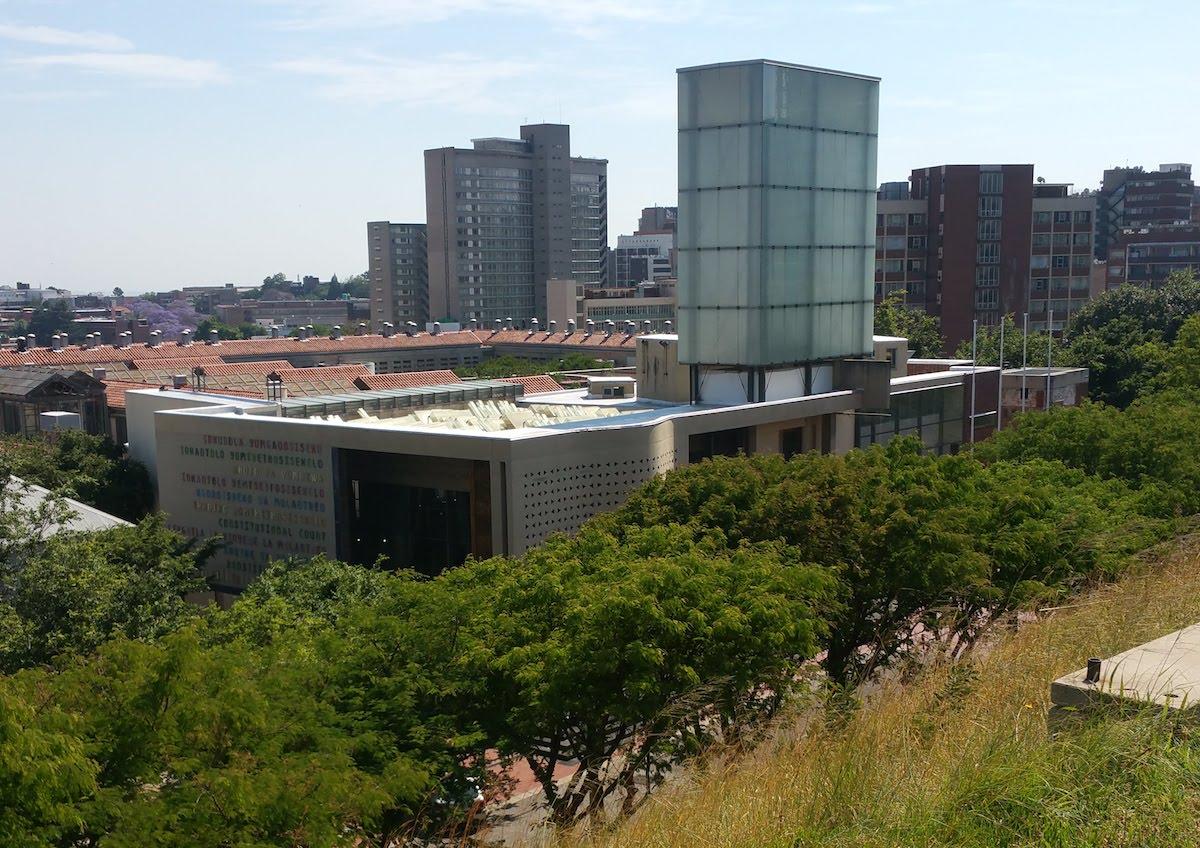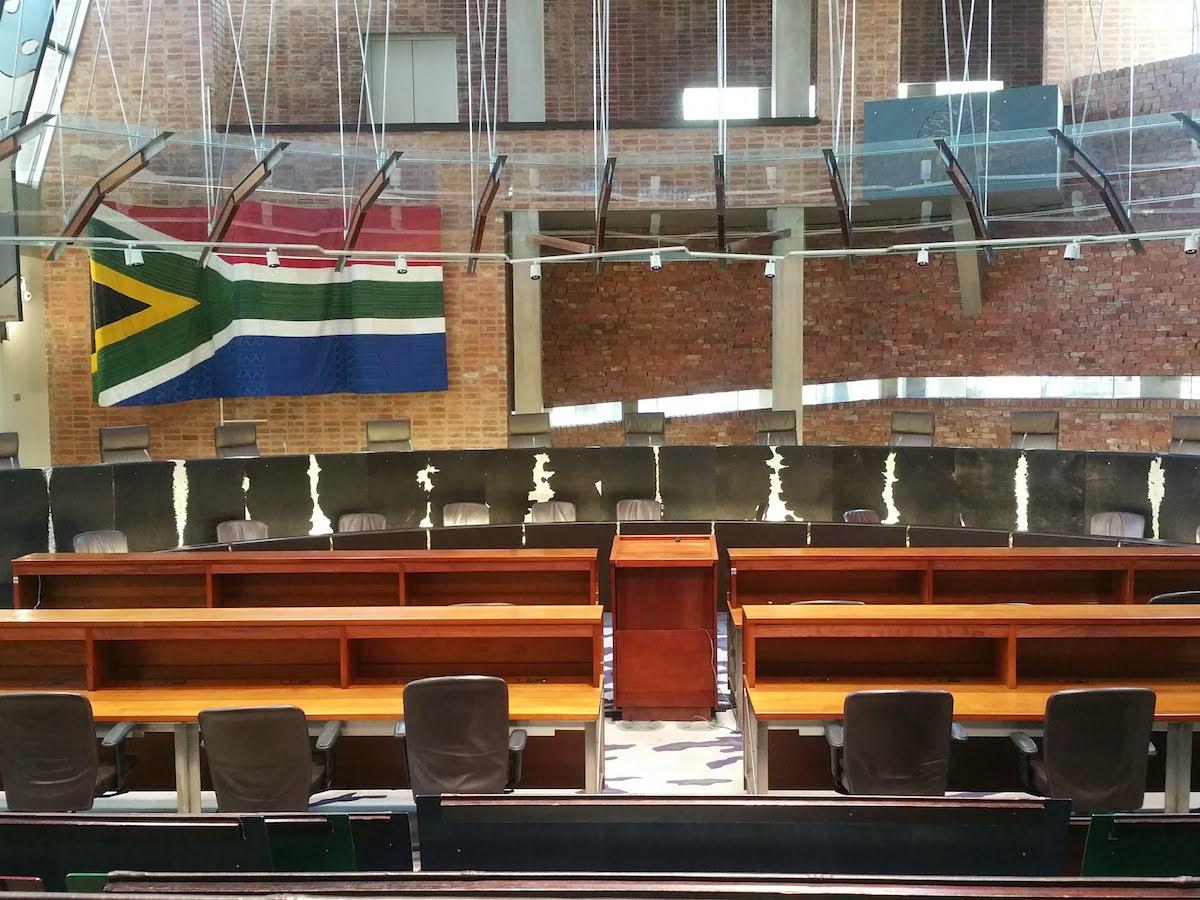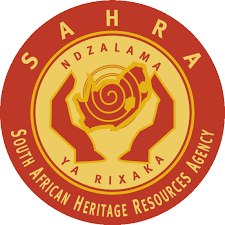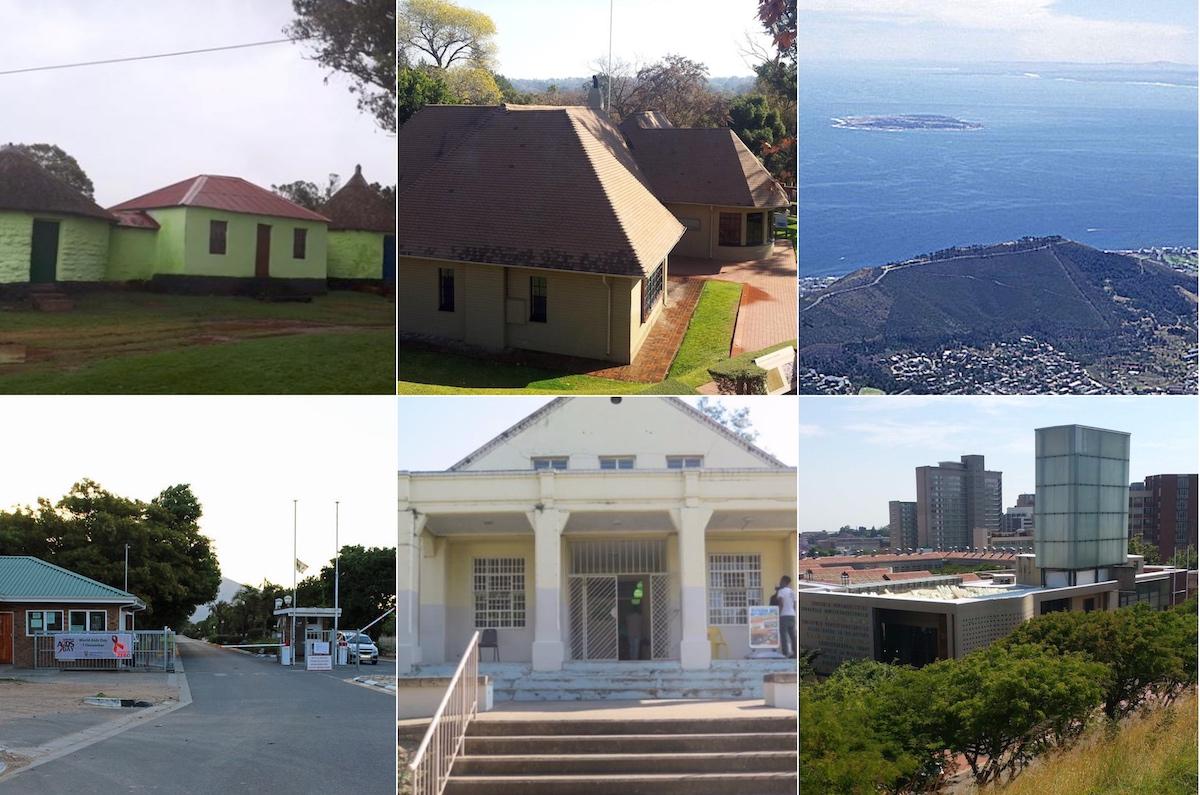
Disclaimer: Any views expressed by individuals and organisations are their own and do not in any way represent the views of The Heritage Portal. If you find any mistakes or historical inaccuracies, please contact the editor.
On the 5th December 2013, South Africa was shaken by the sad news of the passing of the “Father of the Nation”, the former President, Mr Nelson Rolihlahla Mandela. The beloved international icon of human rights, and reconciliation passed away after having suffered a long-standing lung infection. In commemoration of this towering figure, SAHRA takes a look at his extraordinary life through 6 national heritage sites that played a fundamental role in both Mandela and the Nation’s life.
Flowers on Nelson Mandela Square in 2013 (The Heritage Portal)
Humble Beginnings and Democratic Influences - Mqhekezweni
National Heritage Site declaration: 16 February 2018
UNESCO World Heritage Tentative List: 15 April 2015
Nelson Mandela was born on 18 July 1918 to Nonqaphi Nosekeni and Henry Mgadla Mandela, the local chief of Mvezo and chief councillor to the monarch of the abaThembu. Following a dispute with the Colonial Administration, in which Mandela’s father was stripped of his chieftainship, Mandela and his mother moved to Qunu in 1926.
Mandela’s father passed away when he was about 12 years old. Shortly thereafter he was taken to Mqhekezweni to stay with the Regent Jongintaba Dalindyebo. Jongintaba was appointed Regent after King Jongelizwe’s death, as his son the rightful heir, King Sabata was not of age to rule.
During the years Mandela spent at Mqhekezweni growing up with his cousin, Justice, he was exposed to democratic leadership, active participation and the values of Ubuntu that were practiced there. This greatly impressed Mandela, profoundly influencing his notions and style of leadership as a prominent leader in the Liberation Struggle and South Africa’s first democratically elected president.
Mqhekezweni Great Place is the location of abaThembu traditional authority that has remained, in certain aspects, the same as the pre-colonial administrative system. The Traditional Authority survived colonial and apartheid governments as the custodian of cultural rights, customs and the retention of traditional governance. The Great Place at Mqhekezweni is a tangible representation of the active democracy and citizenship used in the administration of the abaThembu traditional leadership; and its influence in the leadership of former President Nelson Mandela.
Mqhekezweni House of Regent Jongintaba Dalindyebo (SAHRA)
'The Black Pimpernel' - Liliesleaf
National Heritage Site declaration: 02 September 2016
UNESCO World Heritage Tentative List: 15 April 2015
Mandela moved to Johannesburg in 1941 after being expelled from the University of Fort Hare (also a declared national heritage site), and found himself immersed in the liberation struggle and a member of the ANC. Playing significant roles in the Defiance Campaigns, creation of the ANC youth league and the drafting of the Freedom Charter, Mandela quickly became very influential within the ranks of the ANC.
The Sharpeville Massacre on 21st March 1960 (which led to the banning of both the ANC and PAC) had a profound impact on him and he began to reconsider the ANC’s methodology of passive resistance and began pondering the notions of an armed struggle. The Treason Trial at the time was still underway, however, after the accused were acquitted in 1961, Mandela went into hiding and began working towards armed struggle underground.
The Treason Trial took place at the Old Synagogue Pretoria (The Heritage Portal)
In August 1961, the SACP purchased a remote farm in the quiet small holdings suburb of Rivonia through the front company, Navian (Pty) Ltd. Harold Wolpe and his firm assisted in the purchase with funds supposedly from Moscow through Zurich and into his law firm’s account. Mandela operating underground was in search of a place to hide out. He moved to Liliesleaf in October 1961 under the alias of David Motsamayi, the caretaker, until the “owners” moved in. Arthur Goldreich and his family moved in in the December of that year as the front “white” family. It was here that Mandela and the High Command formulated uMkhonto we Sizwe’s strategy and in essence Liliesleaf became the headquarters for the high command of MK.
Liliesleaf from above (The Heritage Portal)
Mandela then left the country in 1962 on a 6-month journey through Africa for training and campaigning for MK. Shortly after his return he was arrested just outside Howick and was serving a 5-year sentence for having left the country illegally when the police unexpectedly raided the farm on 11th July 1963.
On that day, members of the MK high command were having their last meeting at Liliesleaf discussing a draft of “Operation Mayibuye”, when a laundry van drove up the drive way to the farm under the pretence of looking for business, concealing the police officers in the back.
When the police charged into the thatched cottage at the back of the main house, they found the 6 members of the High Command, Walter Sisulu, Govan Mbeki, Raymond Mhlaba, Lionel “Rusty” Bernstein, Bob Hepple and Ahmed Kathrada who were all arrested. Denis Goldberg was arrested in the lounge of the main house and later Arthur and his wife Hazel Goldreich were also arrested.
This was a victorious moment for the Apartheid government as almost the entire high command of MK was on the farm and arrested. The police found extensive evidence to convict those arrested including the draft plan of “Operation Mayibuye”, and the writings and journals of Mandela, Mbeki, Sisulu and others. These discoveries led to the famous Rivonia Trial.
The raid at Liliesleaf was a massive blow to the liberation movement; however, the subsequent Rivonia Trial was used as a platform to strengthen their fight which propelled Apartheid and the Liberation Struggle onto the International landscape.
Liliesleaf outbuildings (The Heritage Portal)
Incarceration - Robben Island
National Heritage Site declaration: 26 May 2006
Inscription as a World Heritage Site: 1999
The Rivonia Trial, in which Mandela and his co-accused used the court room as a site of struggle and where Mandela gave his infamous “Speech from the Dock”, concluded on 12th June 1964, sentencing the accused to life imprisonment. Mandela, Sisiulu, Mbeki, Motsoaledi, Mlangeni, Katharada, Mhlaba were all sent to the political prison on Robben Island, which had opened in 1961. Dennis Goldberg was sent to Pretoria Central as it was the only political prison for Whites.
While Robben Island is most famous as a political prison, its history is far more layered and spans a period of over 400 years. Located 6km off the coast of Cape Town, in Table Bay, the island was used as a replenishing station on the sea route to the East during the 16th century, as fresh meat and drinkable water could be obtained there, while avoiding interactions with indigenous inhabitants of the Cape. After Jan van Riebeeck’s arrival in the Cape and the establishment of the Dutch settlement on the mainland, the island became a place of banishment, imprisonment and exile for criminals and for political prisoners opposing Dutch rule in the East Indies.
The prison was closed, and a general infirmary established on the island when Britain annexed the Cape in 1805. Due to pressure on mainland hospitals, chronically and mentally ill patients and lepers were sent to Robben Island. The island remained a leper colony until 1931 and was then reserved for military defence with the approach of World War II.
In 1961 the island became a prison again, mainly for black political prisoners and criminals, with the first political prisoners being Mandela and his co-accused. The last prisoners left the island in 1992 and the prison finally closed in 1996 and was subsequently converted to a museum.
The island’s long, sombre history as the “dumping ground” and prison for those deemed socially undesirable ended with the end of Apartheid. Robben Island has become a national and international symbol of the strength and triumph of the human spirit over oppression.
Robben Island from Table Mountain (KodachromeFan via Wiki Commons)
Walk to Freedom - Victor Verster or now Drakenstein Prison
National Heritage Site declaration: 15 July 2009
In 1984 Nelson Mandela was transferred from Robben Island to Pollsmoor Prison in Tokai, Cape Town. After recovering from tuberculosis, he was transferred to Victor Verster where he was housed in a warder’s house with a large garden, swimming pool and a cook (a previous warder from Robben Island). It was here that he spent the last period of his prison time, negotiating for a truly free South Africa for all.
This low-security farm prison outside Paarl in the Western Cape was fundamental in South Africa’s peaceful transition from Apartheid to a democratic Republic. It was here that the National Party government engaged with the liberation movements and laid the foundations for the negotiations that led to a free South Africa.
The interactions that took place between the then banned liberation movements and the Apartheid government at Victor Verster culminated in the pivotal release of Mandela on 11 February 1990. He walked out the gates of the prison holding Winnie’s hand with his other fist clenched in the salute of the liberation movement to be met by crowds of people and media.
Drakenstein Prison (Helen Online via Wikipedia)
New Dawn - Ohlange Institute Heritage Site
National Heritage Site declaration: 20 September 2019
UNESCO World Heritage Tentative List: 15 April 2015
John L Dube, who was elected as the first ANC president in 1918, established the Ohlange Institute in 1901, as the first African directed education institution. Dube was determined to prove and demonstrate to the world that the black man could run an educational institution without any white assistance. The school is still operational today and shows his determination to make it a success.
John Dube
He studied at Oberlin College in the United States of America and was a promoter of industrial education, lecturing on the need for it in emancipating Africans. He saw education as a means for black social and economic advancement. This inspired him to advance the rights of black people in South Africa and inspired the establishment of a school for African people.
In 1900 Chief Mqhawe offered him 200 pounds to purchase 200 acres of land in the Inanda area for the establishment of the school. In 1901 he established the Zulu Christian Industrial School in Ohlange, later renamed the Ohlange Institute. This was the first black-directed education institution established and emulated Booker T Washington’s Tuskegee Institution.
Nelson Mandela then chose the Old School Hall to cast his first vote in on 27th April 1994 and did so due to the association of the Institute with the founding President of the ANC, John Langalibalele Dube.
Due to the expected media attention on Mandela, the Independent Electoral Commission had pre-arranged for Mandela to vote 15 minutes before the official opening time so that the media would not get in the way of voting. As such Mandela cast the first normal vote in South Africa’s first democratic elections in 1994. After he had voted, Mandela lay a wreath at the grave of John Dube, which lies just behind the hall, and said to the first President of the ANC, “Mr President, I have come to report to you that South Africa is free today.”
The site bears testimony to the life of John Dube and his aspirations to encourage his people to enter the modern world through education, to the pioneering of African education in South Africa as the first school that was established and directed by Africans and is strongly associated to the early history of the struggle. The site represents the full circle of the liberation struggle and the achievement of its aims - freedom and equality for all South Africans, as the home, workplace and resting place of the ANC’s first President and its physical associations to the casting of the first vote in the first free and democratic elections in 1994, by the man who came to be the first democratically elected President.
Ohlange Institute Old School Hall where Mandela voted in 1994 (SAHRA)
Triumph - Constitution Hill
National Heritage Site declaration: 10 March 2017
UNESCO World Heritage Tentative List: 15 April 2015
Although Mandela was incarcerated at Constitutional Hill before the Rivonia Trial, the process of selecting the site for the new Constitution Court during his administration as the first democratically elected president symbolises the triumph of the struggle for freedom that he fought and sacrificed for.
The history of the Constitutional Hill precinct is complex, dating back to 1892 when a small prison was built by Paul Kruger’s Zuid Afrikaanse Republiek. After the Jameson Raid in 1896 the ramparts converting the small prison into a formidable fort were built and the site was used as a military defiance for the duration of the South African War (1899 – 1902). The fort was built using convict labour and artisans sworn to secrecy. After the war it again functioned as a prison with the so-called” Natives’ Section” and isolation cells (known as Section 4 and 5), the Women’s Jail and Awaiting Trial Blocks added during the 20th Century. The prison impacted deeply on many South Africans as thousands of ordinary people were detained here under the various suppressive apartheid laws. This prison, notorious for the injustice and harsh treatment of prisoners, would incarcerate many high profile leaders associated to various revolts, strikes and uprisings ranging from Prisoners of War in the South African War to Gandhi and his Passive Resistance Movement to Pro-Nazi Boer resistors, Labour Union leaders in mining strikes and scores of Liberation Activists.
The Old Fort (The Heritage Portal)
Following the democratic election in 1994, Mandela appointed Constitutional Judges and inaugurated the Constitutional Court in 1995, albeit, in a temporary location.
In 1996 the judges selected the new site at the Old Fort and Number 4 prison complexes for the permanent court. Besides the accessibility of the site, its historical symbolism played an important role in its selection. As a prison complex the site was synonymous with brutal oppressive treatment and violations of human rights under Colonial and Apartheid rule. As the chosen site for the development of the new Constitutional Court, juxtaposed the brutal past with the hope of a free and democratic future, new meaning was given to the site, contrasting the injustices with prevalence and protection of justice, a place where all freedoms were once stripped away to a place where human rights and freedoms are enshrined and protected.
Constitutional Court from above (The Heritage Portal)
Constitutional Court Chamber (The Heritage Portal)
Conclusion - What is declaration as National Heritage Site?
The great impact that Mandela had in the current democracy that South Africa enjoys today can be clearly marked through these declared national heritage sites. But what exactly is a national heritage site?
The National Heritage Resources Act, no 25 of 1999, mandates the management of heritage resources of South Africa and defines a heritage site as a place that has been declared under section 27 of the Act. These places need to meet the criteria set out by the legislation in section 3 and must contribute to the telling of the story of South Africa as the nation that we are today, celebrate our achievements and contribute to the redress of past on inequities.
The Act further manages the heritage resources in the three tiers of government depending on the significance of the resource. As such those places with qualities and values that have impacted the history of South Africa as a nation are considered to have national significance and are administered by SAHRA. Therefore, declaration as a national heritage resource not only formally protects the site, it also recognizes the role the resource has played in the development of South Africa.
About the author: Heidi Weldon is a Heritage Officer for Grading and Declarations at SAHRA
Comments will load below. If for any reason none appear click here for some troubleshooting tips. If you would like to post a comment and need instructions click here.


